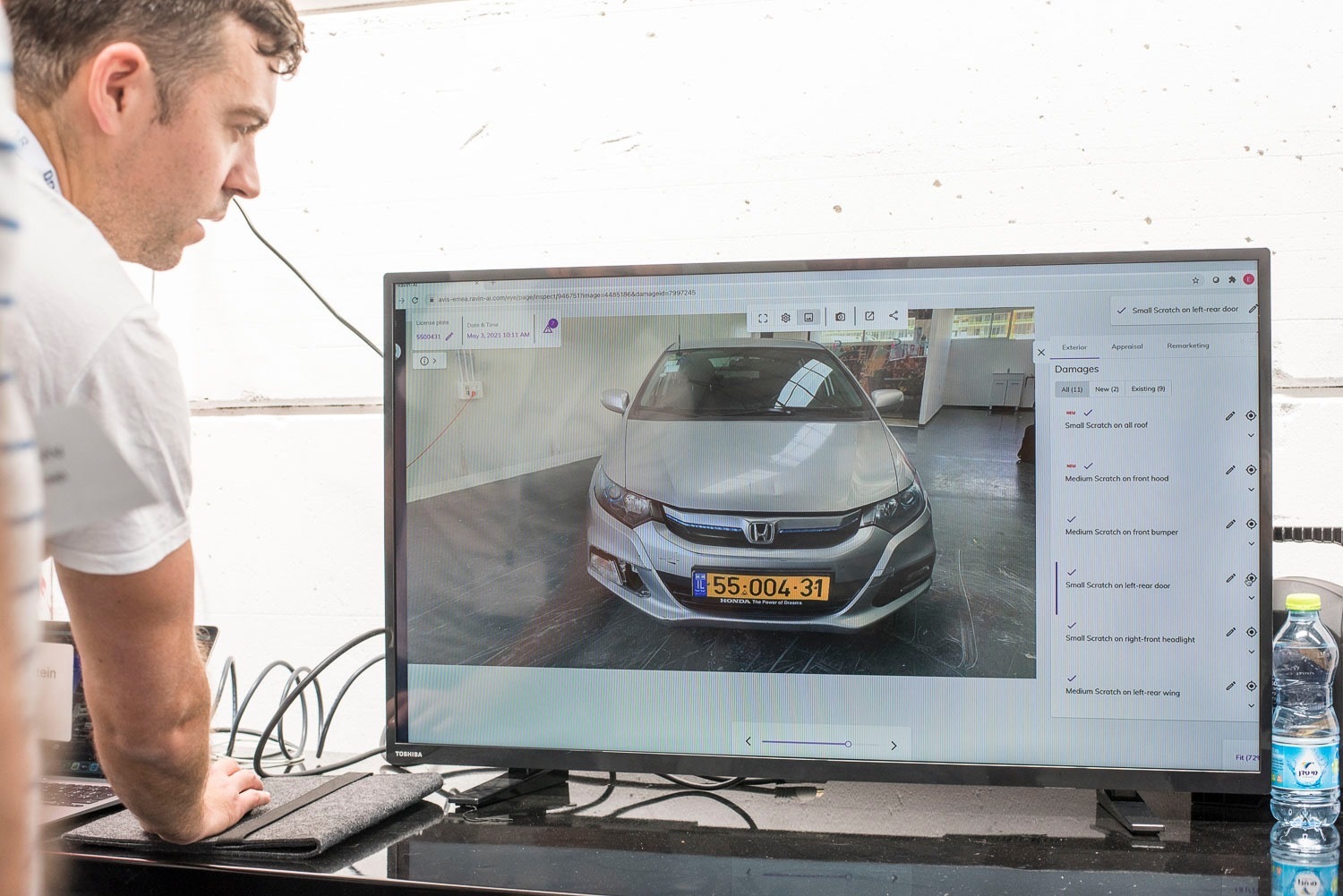
AI is now ready to disrupt one of the oldest industries - and it's not insurance
The combination of computer vision and artificial intelligence holds tremendous potential for quick resolution of automotive damage claims, from the quick processing of small claims through total loss prediction and repair quote comparison.
However, despite years of research and products by industry players, we haven’t yet seen wide adoption of AI-based damage assessment.
This is due to a number of technical and business considerations.
Bad data: Many solutions have relied on either consumers or bodyshops uploading images to support the development of shared computer vision databases and AI models. These images are of varying qualities, often 1-2 photos or videos per case, taken from random angles, and without any reference to the vehicle’s pre-accident condition.
Bad models: This in turn leads to sub-optimal training of AI models - they are biased toward identifying very clear damage, but fail to predict minor or less obvious damage. This causes the models to fail in operational use when new, random-quality images are provided, leading to low confidence in the industry in these solutions.
The feeling that the problem is just too complex to solve: Prior attempts to produce ‘accurate, line-item estimates’ have failed due to the expectation that they would be both detailed and accurate. In reality, any model has its limitations and sensitivities. No computer vision model can ever predict 100% of cases at 100% accuracy, so business rules must be applied to determine which cases can be used and how.
Traditional industry with information asymmetries and potential litigation: Automotive repair is a bit of an art and a science. Ask three different experts and you’ll get three different answers. Add the fact that these experts are not near the vehicle, and the gap grows. The voices of adjusters and appraisers often carry much more weight than those of others within insurance companies, and the concern of litigation around certain repair practices drives a ‘fear factor’.
At RAVIN AI we have addressed factors 1-3 through our autonomous capture technology and billions of data points collected over a decade. Having analysed damages for the world’s largest fleets such as Avis and Hertz, we have collected reference images of vehicles before and after they were damaged. We coupled that with ‘in-app’ capture AI which collects the images autonomously, ensuring better quality. And we have added backend AI that uses state of the art technologies to predict unseen and related damage.
When it comes to factor 4, macro-economic conditions are gradually preparing the ground for change. Expensive labour and higher part costs, paired with the shortage of talent, especially for vehicles that use new technologies, has contributed to the average repair cost doubling in the US over the last few years.
This has led top insurers in both Australia and America to test our image-based appraisals.
The results are striking: top carriers in Australia and the US who have adopted our solutions are seeing over 80% accuracy on repair cost prediction. This has led to cutting the claim cycle time in half, and reducing costs by more than $1,000 per claim.




